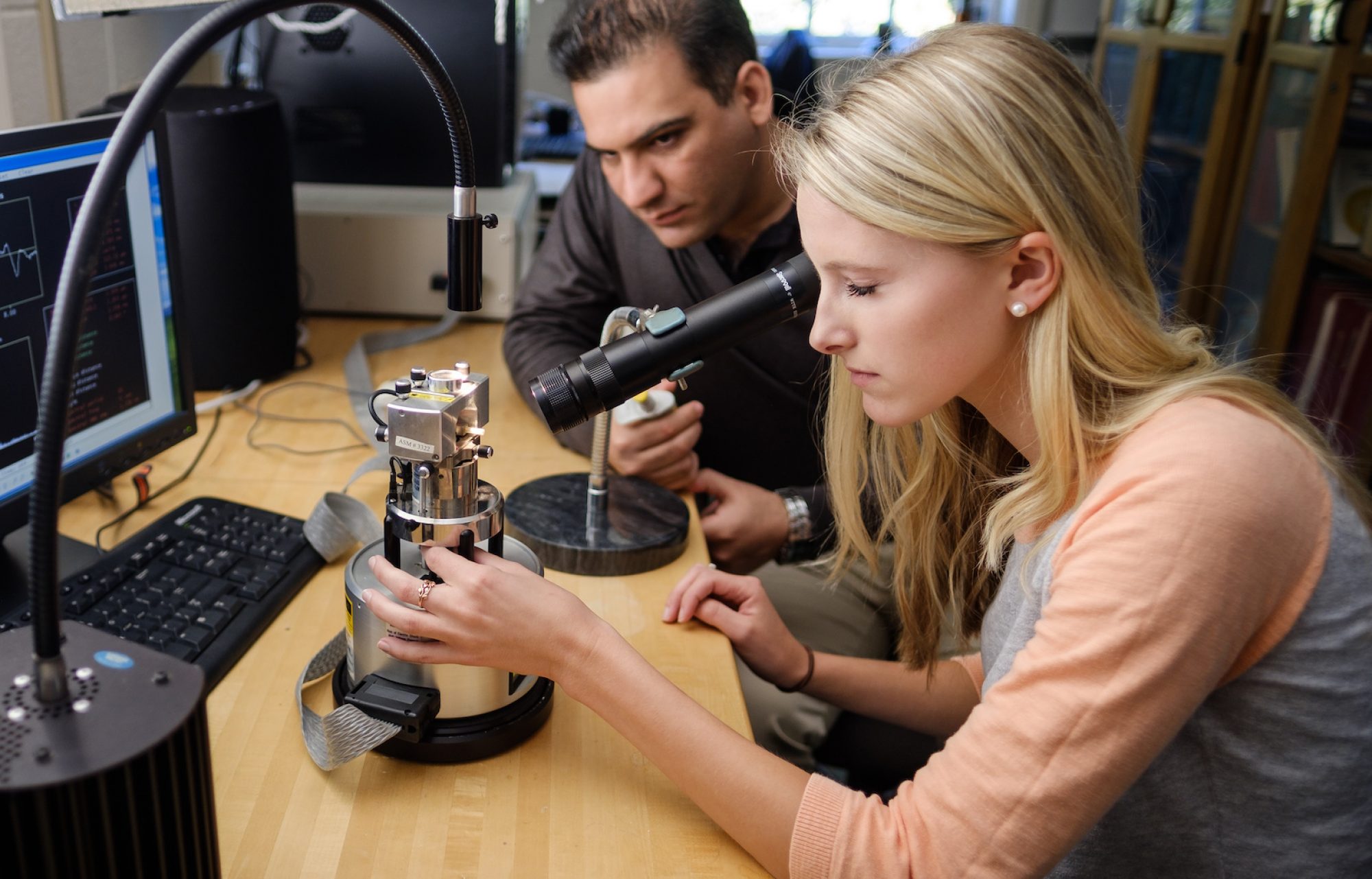Jennie Traschen, PhD
Department of Physics
University of Massachusetts Amherst
George P. Williams, Jr. Lecture Hall, (Olin 101)
Wednesday, April 10, 2019, at 4:00 PM
There will be a reception with refreshments at 3:30 PM in the lounge. All interested persons are cordially invited to attend.
ABSTRACT
The Laws of Thermodynamcis, and the properties of Black Holes, are two topics that have long engaged both our imagination and calculational stamina. The formal identification of the area and surface gravity of a black hole horizon as an entropy and a temperature respectively, was made into a physics connection by Hawking’s 1975 calculation that classical black holes radiate quantum mechanical particles. Subsequently the field of black hole thermodynamics has expanded to study black holes in different environments, including black holes with a cosmological constant Λ. Here we will focus on that case of a positive Λ, which plays important roles in cosmology– whether as a GUT (Grand Unified Theory) scale Λ that drives the rapid expansion of the universe during an inflationary epoch, or the milli-eV scale Λ that models the observed dark energy in our universe today. Black holes with Λ > 0 have fascinating properties that are distinct from the asymptotically flat Λ = 0 case, starting with the fact that there are two horizons in the spacetime, one black hole and one cosmological. Hence there are two (generally unequal) temperatures, and two horizon areas that contribute to the total gravitational entropy. Both the mass M and entropy S are bounded between minimum and maximum values. There is a peak in the heat capacity ∂M/∂T as well as in the curve ∂S/∂T, which resemble the Schottky anomaly of a two level system in statistical mechanics. This talk will start with an introduction to black hole thermodynamics and particle production, and then discuss classical and quantum mechanical features of the cosmological black hole system that resemble the physics of a paramagnet.
